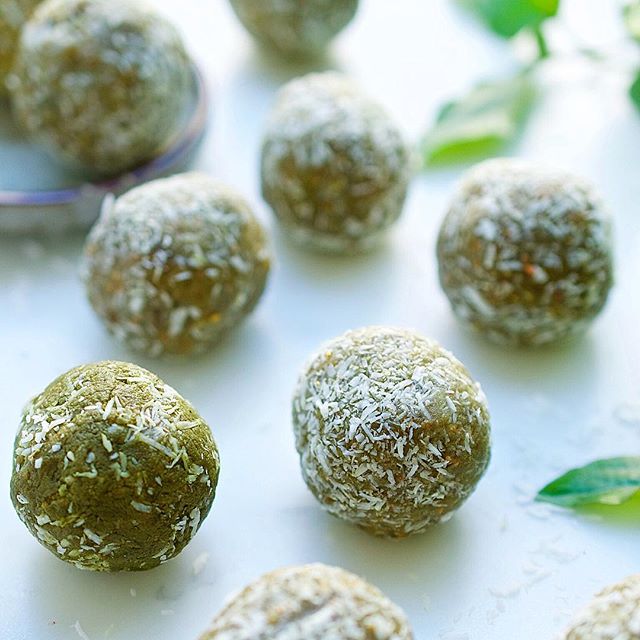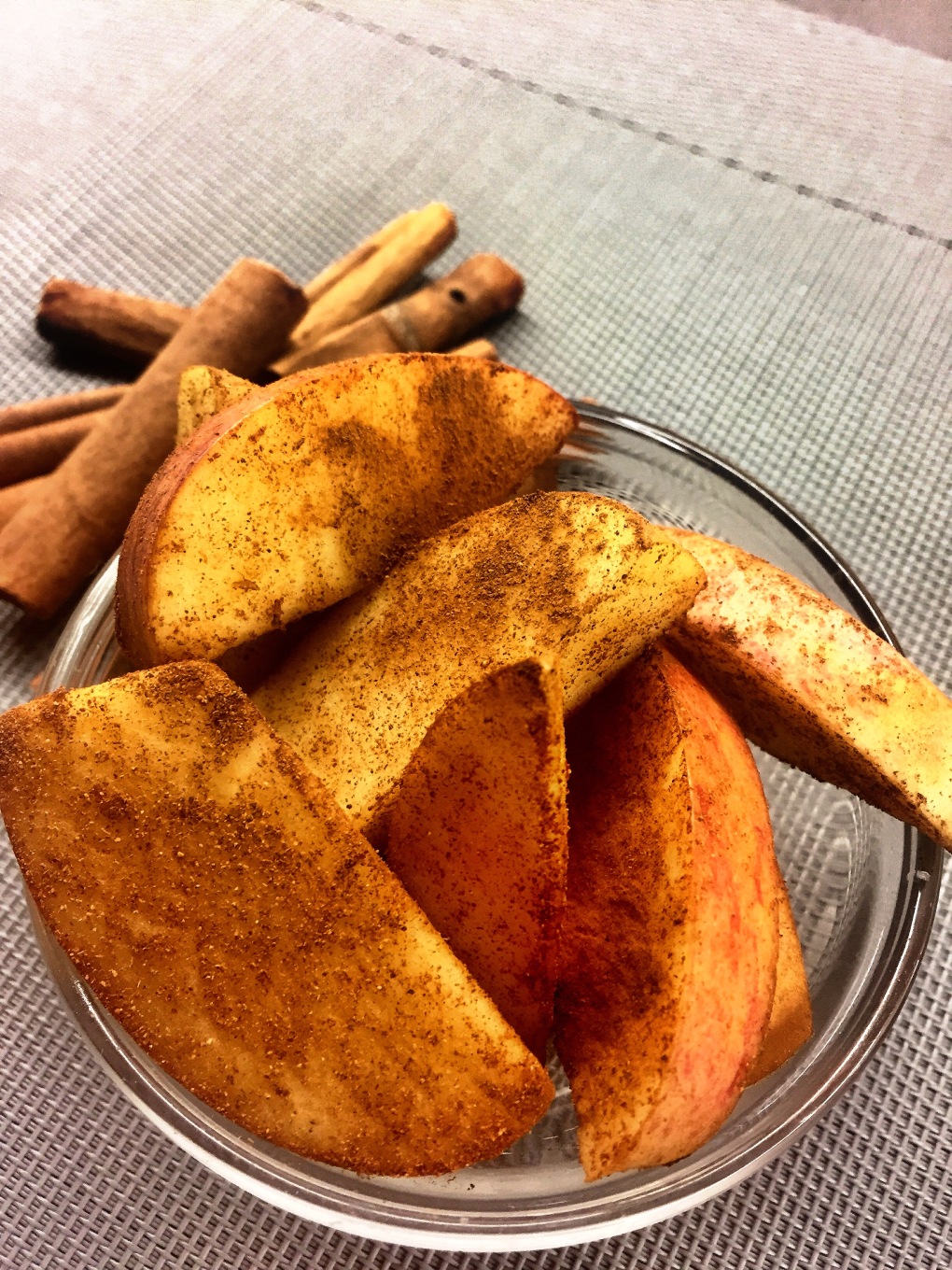In a nutshell, intermittent fasting is just that: fasting intermittently. But WHAT is it exactly and are there any benefits (and will it help me lose weight)?
By definition, it’s limiting calorie intake during certain hours/day or days/week. It’s more of an eating pattern than a diet (think along the lines of carb cycling). It limits when to eat, and not so much what to eat. And that’s part of it’s appeal to people who don’t want to count calories or use their food log to track everything. That’s not to say that it can’t be used as part of particular way of eating (Keto for example).
Supporters of intermittent fasting say that it’s a more natural way to eat because humans evolved without refrigerators, drive-throughs, or 24-hour convenience stores. We now have access to food (including junk food) all day long, so eating several meals per day plus snacks may be less natural than fasting from time to time. In addition, intermittent fasting has also been linked to improvement in the brain’s neurological functioning.
In this TEDx talk, Mark Mattson, talks about how and why fasting is good for the brain. He’s the current Chief of the Laboratory of Neurosciences at the National Institute on Aging. He is also a professor of Neuroscience at The Johns Hopkins University. Mattson is one of the foremost researchers in the area of cellular and molecular mechanisms underlying neurodegenerative disorders such as Alzheimer’s Disease, Parkinson’s Disease, and amyotrophic lateral sclerosis.
There are lots of variations on this theme. A few include:
- 16/8 which is 16 hours of fasting, and eating only within the other 8 hours (often 1:00 pm. – 9:00 p.m.);
- 5:2 days of fasting, where you eat regularly for five days of the week, then take in just 500-600 calories/day for the other two (non-consecutive) days.
So, we know it’s good for the brain….but is intermittent fasting also effective for weight loss? It can help to lose weight because it can help you to eat fewer calories, and burn more calories too. Lots of people say they have success with it…but what do the studies say?
- According to one review study, intermittent fasting helped people to lose 3-8% of their weight over 3-24 weeks. In this study, people also lost 4-7% of their waist circumference (i.e., belly fat).
- Another study of 100 people with obesity showed that after a year, the people who fasted on alternate days lost more weight than people who didn’t change their eating pattern. But, (and here’s what is interesting) they didn’t lose any more weight than those on a calorie restricted diet. Out of the people who were to follow the intermittent fasting protocol, 38% of them dropped out.
One of the reasons people drop out of the intermittent fasting eating pattern is that it’s hard to stick with the fasting part. They eat more than the allowed level of calories when they’re supposed to be fasting. And when they finish fasting, they may overindulge due to the reaction of the appetite hormones and hunger drive while fasting. So having strong social support will be key to those intermittent periods of fasting.
Before you consider intermittent fasting, you should know it’s not for everyone. People who are underweight, or have eating disorders shouldn’t fast. Neither should women who are pregnant, trying to get pregnant, or are breastfeeding.
In addition, certain medical conditions can be worsened with longer periods of fasting and people taking certain medications can be prone to side effects with intermittent fasting as well. As with any eating program, checking in with you healthcare provider before getting started is also a good idea.
What about you – Have you or someone you know tried intermittent fasting? What were the results? Let me know in the comments below.
Recipe: Almond Butter Energy Bites*

Makes about 16 energy bites
Ingredients:
- 1 cup oats
- ½ cup almond butter
- 2/3 cup shredded coconut (unsweetened)
- ½ cup chocolate chips (semi-sweet and dairy-free if possible)
- ½ cup flax seeds, ground
- 2 tbsp maca powder
- 1/4 cup raw honey
*These are NOT kid friendly (Unless you want them with an overabundance of energy after consuming the maca…..) To make them for your kids (which I do ALL THE TIME), just remove the maca powder. Perfect granola balls that the kids love.
Directions:
- Combine all ingredients in a medium bowl and stir.
- Using a tablespoon to measure, roll into about 14-16 energy bites.
- Serve & enjoy!
Tip: You can roll the bites to coat them in cocoa powder for a bit of extra flavour and to prevent them from being too sticky.






